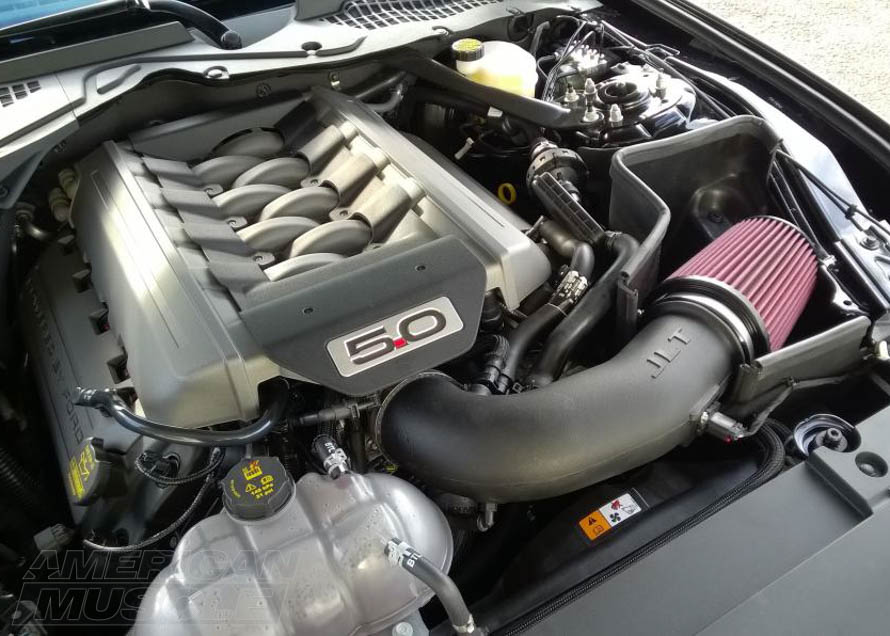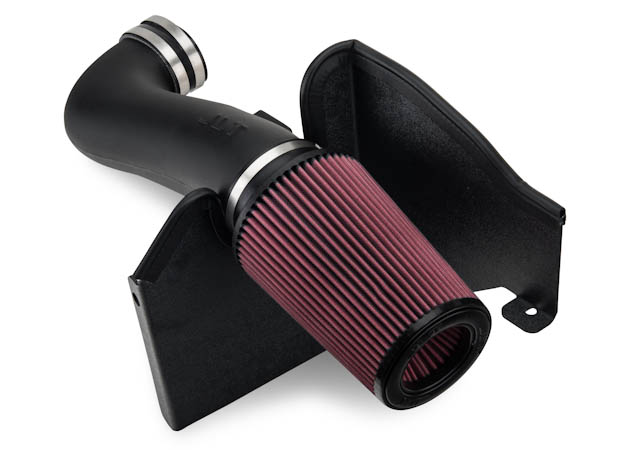When it comes to adding an intake to your Mustang you have a sea of options to choose from such as tune vs non-tune required intakes. This guide will go over the differences between the two, discussing the benefits and drawbacks of both.
Shop Mustang Intakes
A cold air intake is one of the most simplistic mods to undergo. It both adds power and under hood style, but most importantly it's one of the easiest ways to dip your toes into the modification pool.
Shop Intake Parts
How Mustang Intakes Affect Your Performance
The stock system is less than ideal as far as your Mustang's lungs are concerned. In short:
- The filter is made of dense cotton
- Non-reusable filters
- Restrictive, angled tubing
- Heavy and bulky
Mustang cold air intakes are one of the easiest, no-fuss ways to add power to your car as the stock intake can be a bit restrictive. Aftermarket Mustang cold air intakes allow a larger volume of air to flow into your engine at a cooler temperature which allows the car to run better, stronger, and faster. To look at it objectively, Mustang intakes:
- Flow more air (minimizing turbulence for maximum gains)
- Add horsepower and torque
- Can improve fuel economy
- Improve drivability
- Reusable filters
- Built-in location for MAF sensor
- Enhance the performance of other mods
The real problem is choosing what kind of intake is best for you and your Mustang. One of the main questions you need to answer early on is whether you want to go with a tune or non-tune required intake as both offer different benefits.
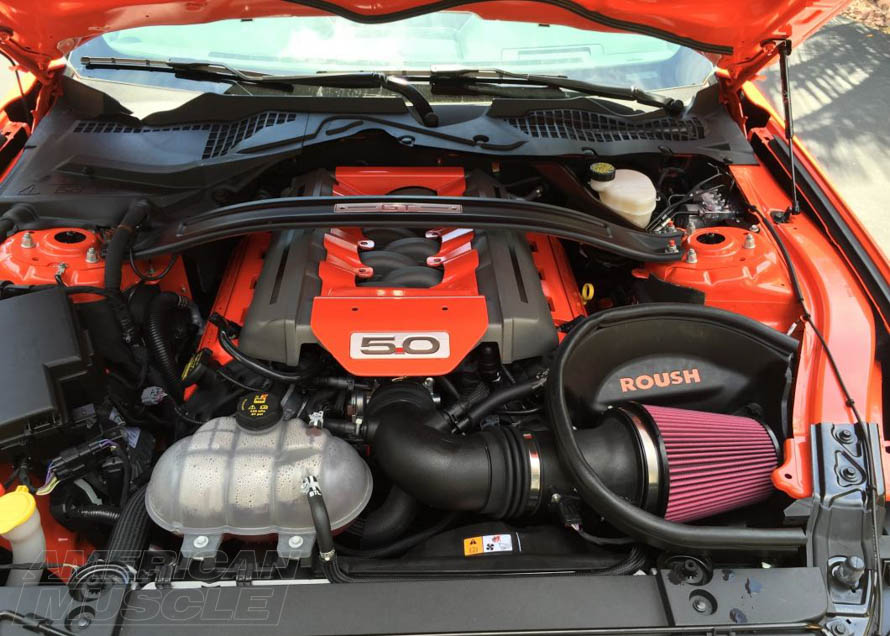
Cold Air Intake Kit
Benefits of Tune Required Mustang Intakes
- Lower cost than intakes with removable inserts
- Much more power when combined with a tuner
- Louder intake sound
If you are looking to add as much power as you can with a Mustang intake than going for a tune required intake is your best option. Tune required Mustang intakes will almost always allow you to flow more air as they will be a larger diameter than stock and non-tune required intakes. Tune required intakes will require you to retune the ECU, allowing the car’s engine to be dialed in as much as possible, giving you the greatest increase in power while also improving the drivability and throttle response.
When looking at it from a dollar-per-horsepower angle, tune required intakes give you the greatest return on your investment as you can make up to 30 horsepower over stock with a tune required intake. This power increase cannot be matched by a non-tune required intake.
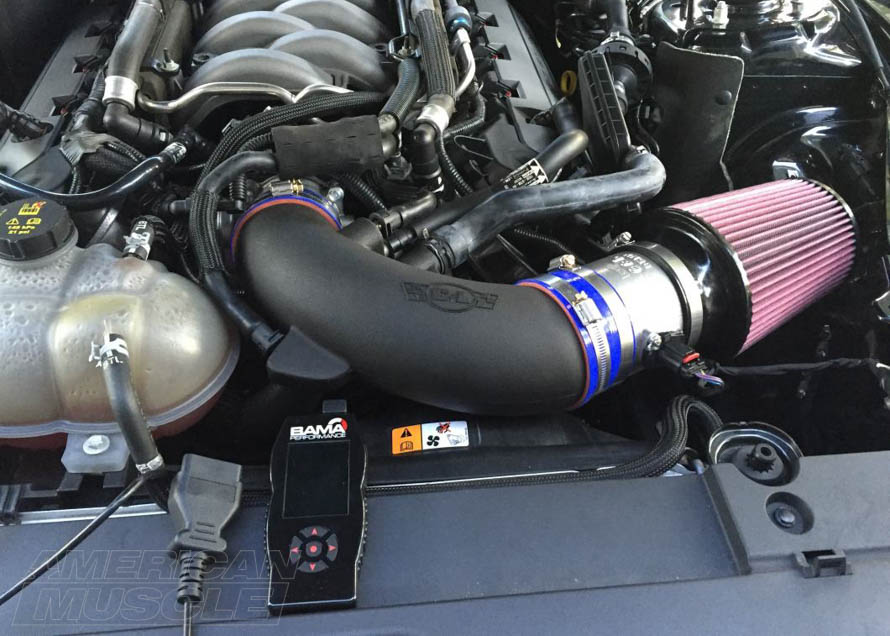
Tune Required Cold Air Intake
Drawbacks of a Tune Required Intake
While tune required intakes have a long list of benefits, such as a healthy bump in power, they do have some drawbacks you’ll want to consider. With a tune required intake, you run the risk of voiding your warranty the moment you retune the computer, meaning you’ll have to pay out-of-pocket if something goes wrong with your engine. The other drawback is these types of intakes will be more expensive for the intake themselves, but you’ll also need to purchase a handheld tuner and custom tunes for your Mustang.
Benefits of a Non-Tune Required Mustang Intake
Non-tune required Mustang intakes make adding power even simpler as all you have to do is swap out the stock airbox for the aftermarket one you buy. All it requires you to do is swap over the MAF sensor and bolt it in. Generally speaking, non-tune required intakes are typically less expensive than a tune required alternative. Non-tune required intakes also benefit from generally not voiding your warranty.
Although it really comes down to a dealer’s decision, under the Magnuson Moss Act they have to prove the modification you made is directly responsible for the failure of whatever part you are trying to have warranty work done on. With non-tune required intakes, it is incredibly unlikely if not impossible for them to actually cause damage to your Mustang unless installed improperly.
When going with a non-tune required intake you can typically expect to gain anywhere from 10-22 horsepower at max, depending upon which one you go with.
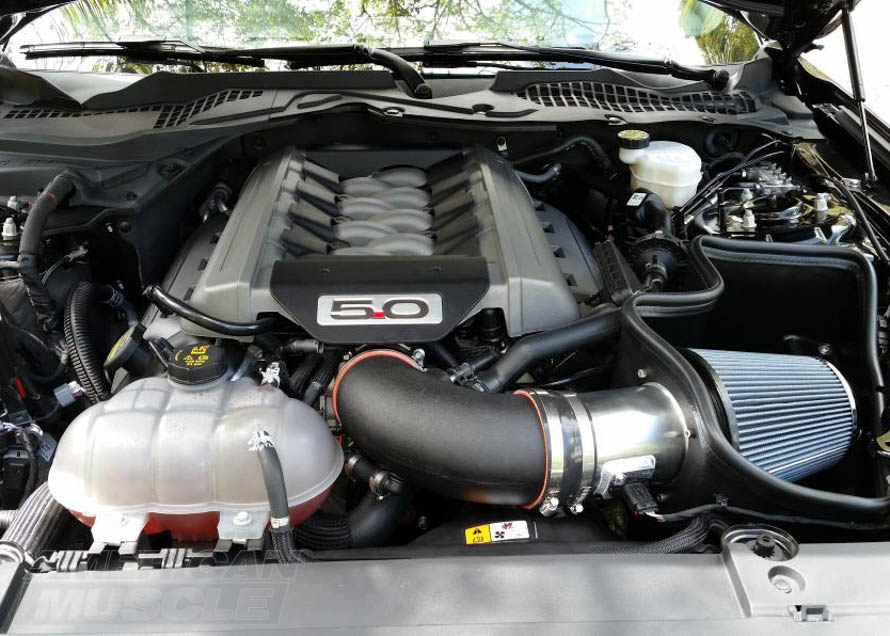
Non-tune Required Cold Air Intake
Drawbacks of a Non-Tune Required Intake
While non-tune required intakes are about as straightforward as you can get when it comes to adding power to your Mustang, there are a few areas where they can’t match up to tune required intakes. When you choose to go with a non-tune required intake, you are not going to pick-up as much power as you would with a tune required one. Not only that, but your power will not be as dialed-in as it would be with a tune.
Picking the right intake can be a tough choice and requires you to do your research and consider your build carefully. If you're planning on making more mods to your engine, a tune required intake could be your better bet. However, if you're just looking for a simple starting mod, a non-tune required intake is perfect.
What If My Mustang Already Has A No Tune Required Intake?
Many no tune required intakes can be converted to a larger, tune required intake by taking out an inlet restrictor. If you have one of these inserts, it will take you 5 minutes to convert your set up to take full advantage of a custom tune. Even if you don’t have a removable insert, getting a tuner will allow you to get the maximum gain from your application.
Fitment includes: 1979, 1980, 1981, 1982, 1983, 1984, 1985, 1986, 1987, 1988, 1989, 1990, 1991, 1992, 1993, 1994, 1995, 1996, 1997, 1998, 1999, 2000, 2001, 2002, 2003, 2004, 2005, 2006, 2007, 2008, 2009, 2010, 2011, 2012, 2013, 2014, 2015, 2016, 2017, 2018, 2019, GT, V6, Cobra, ShelbyGT500, Mach1, Bullitt, Boss, LX, SVO, EcoBoost, ShelbyGT350

